#Basel Convention
Explore tagged Tumblr posts
Text
#BRS 2025#CoPs 2025#Basel Convention#Rotterdam Convention#Stockholm Convention#UN Environment Conference#Global Environmental Treaty#Hazardous Waste Control#Chemical Safety 2025#Pollution Control 2025
1 note
·
View note
Text
The Global Plastic Environmental Challenge and the Circular Economy Transformative Approach to Creating Sustainable Solutions
I arrived in Thailand 12 days ago, my first trip to set foot in Asia. I attempted to travel to India several years ago from Europe, and everything sort of compiled to go against that intention; not meant to be. Very quickly I realized that for drinking water, other than the few places that have set up a localized filtering system, most people are walking around with plastic bottles. I asked some…

View On WordPress
#bamboo sustainability#Basel convention#biodiversity#circular economy#Environment#global plastic ecological problem#global trade plastic waste#Greenpeace Thailand#monk fabric of robes recycled plastic#OECD#Organization for Economic Co-operation and Development#Phra Maha Pranom monk Thailand plastic robes#plastic affecting ecosystems#plastic choking oceans#plastic solutions#plastics for change#recycled plastic#recycled plastic roads#Thailand#wealthy countries export plastic waste#weforum plastic waste#World Economic Forum
0 notes
Text




Vash the Stampede 🏜️
Vash - Pixel (IG)
Fantasy Basel, 2023
81 notes
·
View notes
Text

✨FANTASY BASEL ✨ Excited to announce that I'm going to be a guest at Fantasy basel in Switzerland this year! 🥰 Feel free to drop by and bring your Magic cards for me to sign! I'm also having a Q&A talk on the stage with Anna Steinbauer and Dominik Mayer.
24 notes
·
View notes
Text

We're at Fantasy Basel 2024!
My incredibly skilled roommate @hagelwolke and I are sharing a table once more! We're at booth 582 in hall 2.1!
Come by and say hi if you're there, we're looking forward to seeing all of you!! <3
69 notes
·
View notes
Text


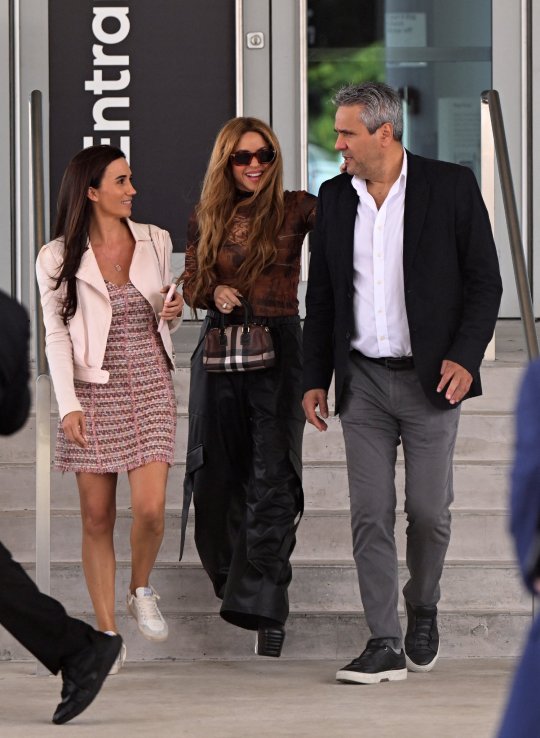

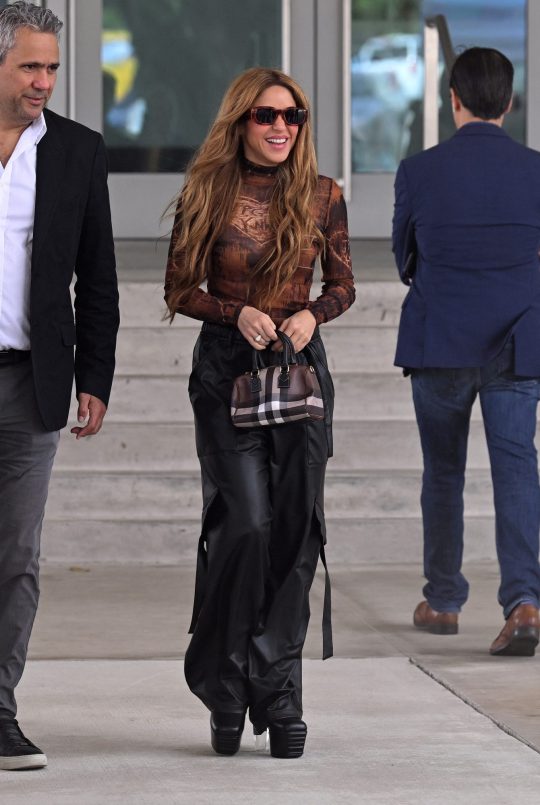
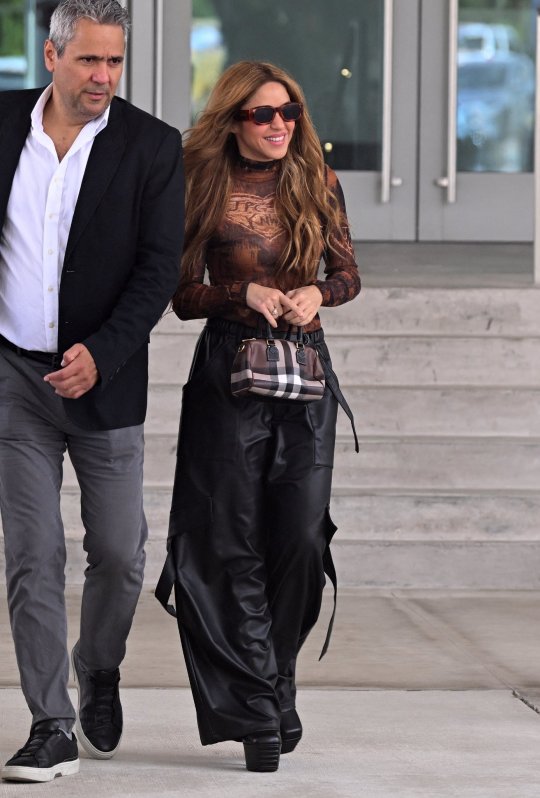
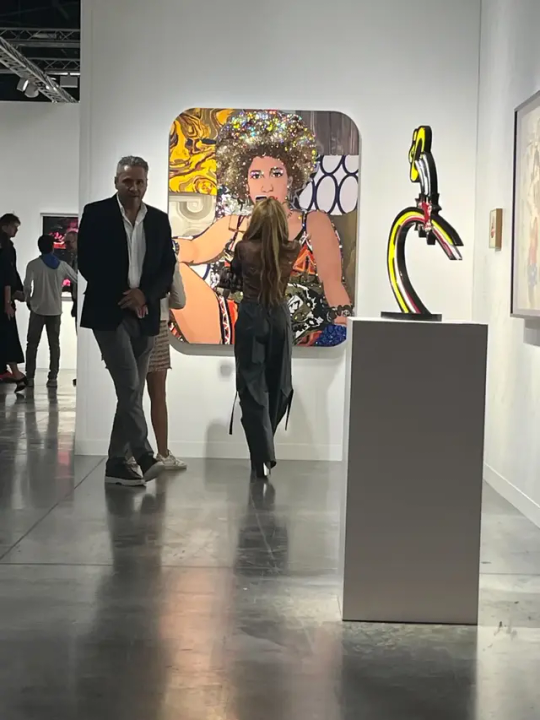
New photos | Shakira attends the Art Basel exhibition in Miami Beach, Florida. (Dec 6, 2023)
#shakira#shakira mebarak#celebs#celebrities#art basel#art basel miami#miami beach#miami beach convention center#florida#usa#new photos#photos#december 2023
16 notes
·
View notes
Text
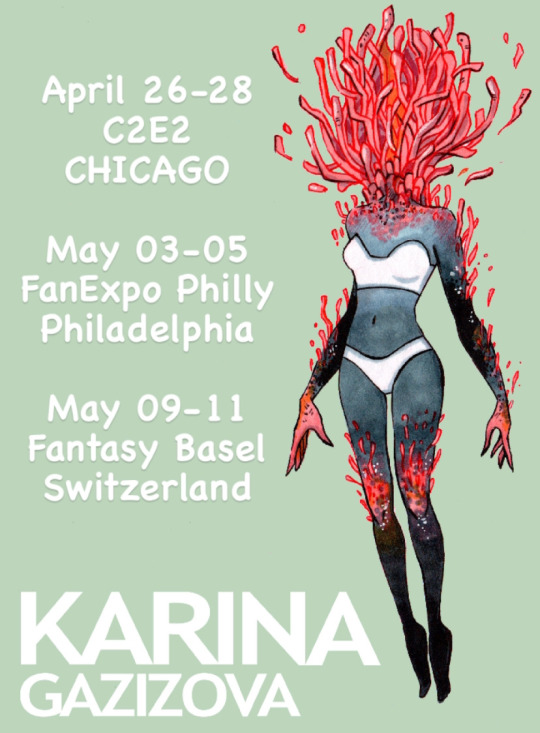
Upcoming conventions!
#animation#ink#marker#markerart#black and white#penandink#character#sketchaday#traditional#poscamarker#conventions#comic con#c2e2#fan expo philadelphia#fantasy Basel
2 notes
·
View notes
Text
Sauna to victory!
FINNISH KAJ CHARMED SWEDEN – READ THE AMAZING STORY OF THE TRIO
[Translation of the Seura magazine article posted here by @rinskuli]

The Group That Cleaned Up the Lot
KAJ made the impossible come true: Finnish people are going to represent Sweden at Eurovision. But then, they have a superpower that even eleven Swedish artists are no match for.
Text: Milla Ollikainen, Photos: Erik Åhman, Translation: @sflow-er
Caption: KAJ are Axel Åhman (left), Kevin Holmström and Jakob Norrgård. The trio, who have known each other since primary school, will preach the joys of the sauna to all of Europe in the Vörå dialect when Eurovision is held in Basel, Switzerland in May.
“Eighty-one points!” calls Melodifestivalen host Edvin Törnblom.
It takes a moment for the men in brown suits to absorb the information. The points given out to Måns Zelmerlöw – the favourite by far – are not enough to win the Swedish national qualification for the Eurovision Song Contest.
Kevin Holmström’s brows jump up to his forehead.
A look of disbelief and wonder slowly spreads out on Axel Åhman’s face.
Jakob Norrgård glances to each side with an almost startled look before burying his head in his hands.
All of KAJ are dumbstruck.
The group have just been chosen to represent Sweden at Eurovision with their song Bara bada bastu. The winners themselves are probably the most surprised of all, even though the young men already have fifteen years of a successful music career behind them.
In Finnish-speaking Finland, though, very few had even heard of them before Melodifestivalen.
There’s a KAJ there, from some place called Vörå.
Used to put the whole class in a good mood
After the grand final, KAJ stayed in Sweden to celebrate their win and then took a few well-deserved days off.
Swedes’ reactions to their win were mixed. Many would have preferred to see their country represented by Zelmerlöw, who also expressed his disappointment quite openly on the night of the grand final.
On the other hand, KAJ got the highest score in the popular vote, so the Swedish people were finally ready to send a Eurovision entry that wasn’t sleek but conventional pop music. In a matter of days, Bara bada bastu soared to the top of Spotify’s list of viral songs, and Björn Ulvaeus of ABBA posted his own sauna video of the song on Instagram.
People on this side of the Gulf of Finland have celebrated KAJ’s win without reservation and wondered how it’s possible that a band from Finland has been chosen as Sweden’s Eurovision entry. It’s a feat that takes an exceptional artist who must have some kind of superpower. KAJ’s power is even transmitted through the TV screen: Kevin, Axel and Jakob are, quite simply, incredibly likeable.
“As anyone currently singing their praises would say, they are nice and friendly boys who always have a twinkle in their eye,” says Katja Grannas, Finnish teacher at Vörå Samgymnasium high school. “They always used to put the whole class in a good mood and spread out a cheerful atmosphere.”
Kevin, Axel and Jakob already got to know each other in primary school, and in high school, they were a tight-knit trio nearly always seen together. They started their band in 2009 at the age of sixteen and quickly ended up on stage, as they were asked to fill in for a cancelled performance at a Christmas party.
Soon, they were already in the studio recording their first humour songs.
Caption: Contrary to what those who objected to the sauna humour feared, Sweden was still predicted to win after choosing KAJ and the odds only improved in their favour.
“They are nice and friendly boys who always have a twinkle in their eye.”
No toilet humour
Producer Janne Hyöty, who lives in Vasa, met KAJ very early in their career when he happened to be performing at the same event as them. KAJ approached him about wanting to record their songs at his studio.
“It may have been their first gig,” Hyöty says, thinking back. “I mean, they were still young boys. From the start, it was nice working with them. They are very talented and always thinking about how things could be done even better.”
Hyöty is known as a producer and composer and has made several songs for the Finnish national qualification, but KAJ were not looking to compete at Eurovision at this early stage of their career. Hyöty has produced all of the group’s seven albums, including their latest Karar i arbeit which came out last year.
Alongside their music career, the humour group have studied in Helsinki – Kevin Holmström and Jakob Norrgård at the Swedish-language Arcada University of Applied Sciences and Axel Åhman at the University of Helsinki, where he studied journalism and communications. Åhman has also published three books: a short story collection, a novel and a children’s book.
All three guys are in long-term relationships.
In Swedish-speaking Ostrobothnia, KAJ is so popular that 8 000 people attended their ten-year anniversary concert at Botnia Hall in 2019.
Hyöty wasn’t involved in making the Eurovision entry, but the accordion tracks for Bara bada bastu were recorded at his studio in Vasa.
“The song was still unfinished at the time, but I already knew it was going to take off and hit home. People were going to like it. KAJ make good and smart humour; it’s no toilet humour,” Hyöty says.
Teacher’s heart nearly jumped out her chest
Both Janne Hyöty and Katja Grannas watched the Melodifestivalen final live on TV – even though Grannas could have also gone to the viewing party organised at the local sports hall in Vörå.
“I was so nervous that the sofa at home felt like the best place to watch,” Grannas says.
According to Grannas, she already started to believe in her former students’ win when they advanced straight to the final from their semi-final. Watching the result unfold on the live broadcast still put tears in her eyes.
“I cried so much, and my heart nearly jumped out. The feeling was just amazing,” Grannas sighs.
Sidebar: KAJ did what Arja very nearly pulled off ARJA SAIJONMAA made a surprise appearance at the Melodifestivalen final. The hosts and Saijonmaa were seen wearing only their towels and beating themselves with birch branches before KAJ steamed up the stage with their sauna song. Saijonmaa, 80, lives in Stockholm and is a veteran of Melodifestivalen. She has competed three times, most recently just six short years ago. In 1987, she narrowly lost the Eurovision spot to Lotta Engberg by one point. Melodifestivalen has been held in Sweden since 1959. In 2002, it was expanded to the current contest format with four semi-finals and a grand final. This year, there were thirty entries in total. The finalists included two artists who had already represented Sweden in Eurovision: Måns Zelmerlöw who won the whole thing in Vienna 2015 and John Lundvik who won the nomination in 2019. Bara bada bastu by KAJ is Sweden’s first Eurovision entry in Swedish since 1998 when Jill Johnson sang Kärleken är at the final in Birmingham. Her tenth place isn’t considered a great result by Swedish standards.
Sidebar: A professor’s three points about KAJ KAJ’S WINNING ENTRY has made visible how poorly Finnish-speaking Finns know the music culture of Swedish-speaking Finland. We asked an academic expert to help us understand why. According to Johannes Brusila, professor of musicology at Åbo Akademi university, KAJ’s roots lie in the revue tradition of the Swedish-speaking countryside. Once or twice a year, communities have put on a revue at the local youth association or a similar locale, performing sketches and singing their own songs or covering international hit songs in their local dialect. “Humour, i.e. joking about local and international phenomena, is at the core of this tradition. It’s an essential underlying factor for KAJ,” says Brusila. For another thing, KAJ are from the western coast, where people follow Swedish media and culture more than Finnish. It was therefore natural for KAJ to participate in Melodifestivalen. People have always been looking across the gulf for role models and impressions, and the Swedish music industry was already familiar as well. “There’s also a third factor, which is a very important one for KAJ’s generation: if you are a Swedish-speaking artist in Finland, you have to choose between switching to Finnish or English and trying to make it in Sweden. The Fenno-Swedish market is too small to live on.” Brusila notes that the history of popular music in Finland is largely also the history of Fenno-Swedish music – it’s just that Finnish speakers don’t usually realise how many artists speak Swedish as their native language, from Georg Malmstén to Danny and Dave Lindholm. Brusila will be following with great interest how it ultimately goes for KAJ in Europe. “Humour is terribly dependent on context and culture. There’s always a risk of misunderstanding.”
Seura's readers are cheering them on
[Comments from random people praising KAJ and Bara bada bastu; I don’t think there’s much point in translating these.]
#kaj#kaj translations#kevin holmström#axel åhman#jakob norrgård#i needed a distraction last night and this happened#it does not necessarily reflect the quality of my actual paid translation work :D#also /i/ know their suits are actually green but the article says what it says#not yr
47 notes
·
View notes
Text
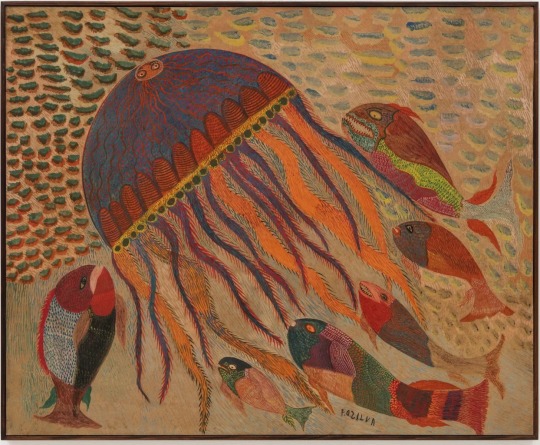
Chico da Silva (Francisco Domingos da Silva), Água viva e piranhas [Jellyfish and piranhas], late 1950s.
Photo : Photo: Ding Musa, courtesy of Galatea
2024 was a remarkable year for arte popular from Brazil. The term, roughly equivalent to “folk art” or “self-taught art,” similarly refers to works produced apart from art school conventions.
When the Modernist movement emerged in Brazil in the 1920s, artists and writers from the cultural elite began to incorporate Indigenous and Black influences into their work. The cultural production of marginalized groups became valued as a source for shaping national identity, and a model for finding liberation from European traditions. Last year’s São Paulo Biennale featured exquisite examples by Bispo do Rosario and Aurora Cursino dos Santos. This year’s Venice Biennale, curated by MASP’s Adriano Pedrosa, featured works by Rubem Valentim and artists from the Yanomami Indigenous Territory.
Meanwhile, bold gallerists brought arte popular works to art fairs in 2024. Art Basel Miami saw works by Hélio Melo courtesy Almeida & Dale, José Adário courtesy Galatea, Amadeo Luciano Lorenzato courtesy David Zwirner, and José Antonio da Silva courtesy Galeria Estação (we are impatiently waiting Estação’s 2025 retrospective at the Musée de Grenoble). At Independent 20th Century, standouts include works by Heitor dos Prazeres at Galatea’s booth as well as Maria Lira at Gomide & Co. At Frieze Masters, Galatea’s booth was dedicated to Chico da Silva.
Art in America
11 notes
·
View notes
Text

Currently cooking up potential Astarion sticker designs for my very first convention booth at Fantasy Basel!
#artists on tumblr#game fanart#astarion bg3#bg3 art#bg3 fanart#bg3 astarion#baldurs gate 3#baldurs gate astarion#astarion ancunin#astarion#cordwanerart#bg3
87 notes
·
View notes
Text

Atomic Friction Defies Expectations
An experiment reveals that frictional forces can have a surprisingly complex velocity dependence at the nanoscale. [...] According to conventional models of friction, the frictional force between two solid surfaces sliding against each other is independent of the sliding velocity. But in the past few decades, experiments at the atomic scale have demonstrated that this frictional force can strengthen as the sliding velocity increases. Now Yiming Song at the University of Basel, Switzerland, and his colleagues have observed an even more intricate velocity dependence of atomic friction [1]. The researchers say that their work could help scientists design material interfaces with desired frictional properties.
Read more.
22 notes
·
View notes
Text
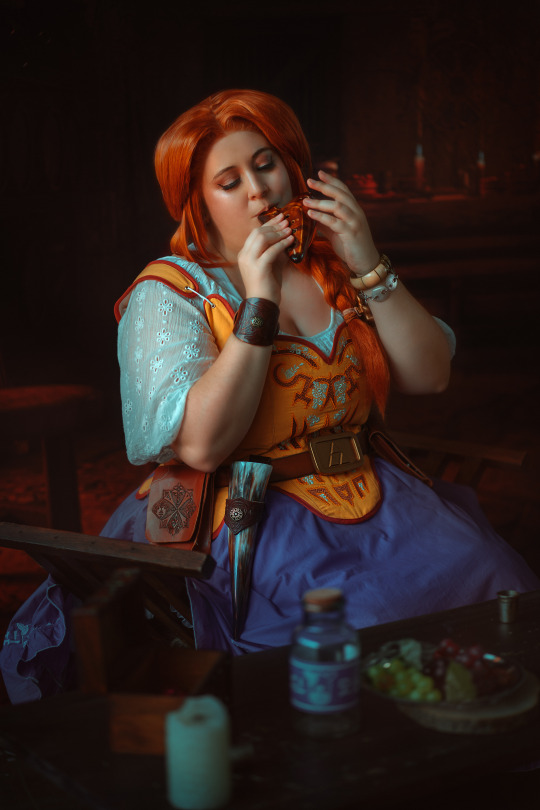



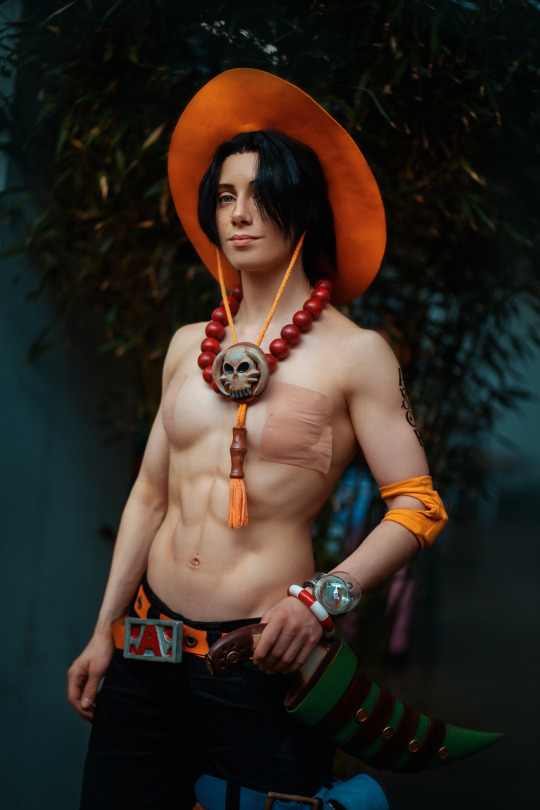

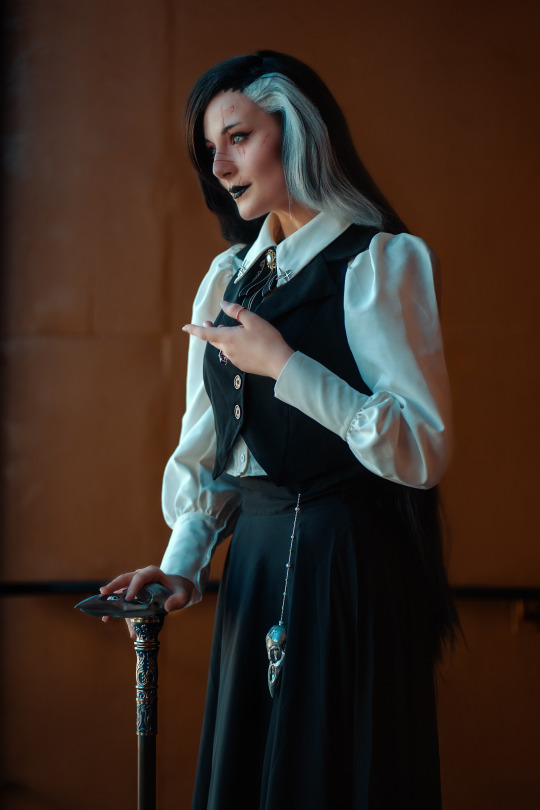
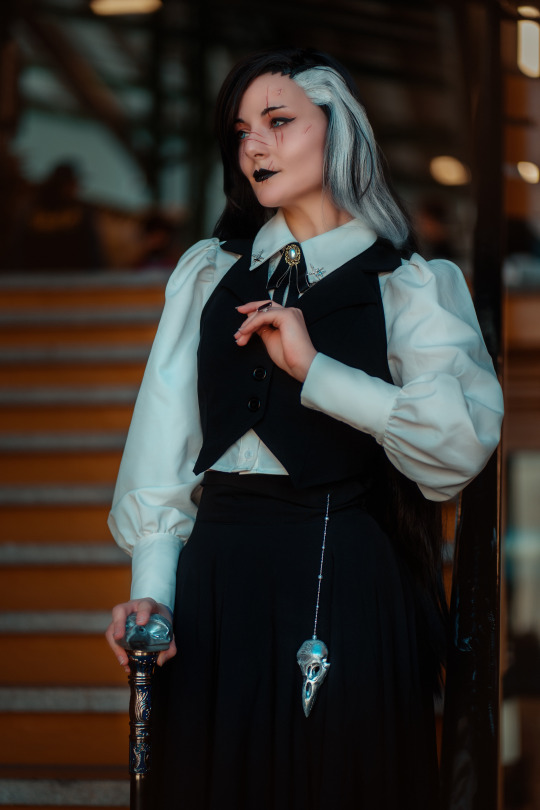

Fantasy Basel 2024! ♥
Malon - Nekoyona (IG)
Ace - Melo (IG)
Fallout - Les Costumes de Lou (IG)
Nova - Jun (IG)
Fantasy Basel, 2024.
#convention#Fantasy Basel#Fallout#Les Costumes de Lou#Ace#One Piece#Melo Cosplay#Malon#the legend of zelda#Nekoyona#Nova#Spellastra#Junrengenohana
2 notes
·
View notes
Text
Captive Prince: Historical References and Naming Conventions
Part 2
And I'm back! Last post I looked at Vere and Akielos; today we're onto Patras. I was originally going to tackle Isthima and Artes here as well, but then things got. Long. So we'll save them for next time. You might notice I'm not touching Vask or Kempt—that's because I lack the background to do so properly. I'm currently studying Greek and Latin, and I speak okay-ish French, so I feel pretty comfy looking at names derived from those three, but not other languages. And with that little preamble, let's jump right in!
Patras
Patras' historical inspiration is a little less cut-and-dry than Vere and Akielos. We're told it's culturally similar to Akielos, and it shares its name with Πάτρα/Patras—the regional capital of the Peloponnese and one of the largest cities in Greece—but the two Patran given names we have access to—Torveld and Torgeir—are both Scandinavian. You could also probably make a good case that its capital "Bazal" is a slightly corrupted version of "Basel," the third most populated city in Switzerland. I don't really think we see enough of it to fully label its culture one thing or the other, but for my purposes here, I'm going to label it a mix. So then, why do I feel fine analyzing the name?
I did a quick search to see if any words similar to Patras pop up in Old Norse or derivative languages, and came up empty. So I feel pretty comfortable assuming that the country name is Hellenic/Romantic in origin, regardless of its other names. Feel free to correct me in the notes if that's not the case. But with that in mind, where does Πάτρα come from?
Well, first, from its Ancient Greek name, Πάτραι (Patrai). And that comes (supposedly; we're dealing with mytho-history here) from this guy, Patreus, who conquered it. I have not been able to find anything solid on where his name comes from, but what it reminds me of is the noun πατήρ (pater), or 'father.' This is partially because the word for one's native country in Greek is πάτρα, itself derived from πατήρ, and that is, I think, one possible interpretation of the country's name.
Patras' role in the story, from start to end, is to remind Damen of his home country. In book 1 this is a positive association—Patras' cultural similarities to Akielos are what allow Damen to 'save' Erasmus and the other Akielon slaves—and in book 3, when Torveld and Erasmus make their appearance, it's negative. Patras and Torveld effectively function as foils for Damen and his attitude towards Akielos, so having the country's name evoke that idea is nice. It works.
The other thing I associate it with is kind of related, but not entirely. It's important to note that Greek and Latin share a word for 'father'; πατήρ and pater. And particularly in Latin, the word pater lends itself to several other terms and associations that are, I feel, relevant to Patras's role as a foil. The main one I'm going to talk about is the patrōnus-cliēns relationship, which played a very important role in Roman society.
Patrōnus, derived from pater (stem: patr-), can be translated as patron, advocate, or protector depending on context. The most common usage of it that I've encountered is in describing a social designation in which a wealthy Roman (typically a man) would take on clients and dependents (called cliēns) in exchange for some form of benefit. That benefit might be monetary—"I'll give you the money to maintain your farm if you trade xyz on my behalf"—or social and political; clients were typically obligated to vote for their patroni or his immediate family in elections. While not a legal institution, this kind of relationship was deeply ingrained in Roman society. And it was also the default relationship between freed slaves and their former masters.
On the one hand, such an arrangement does help keep new freedmen (liberti) from becoming destitute; on the other, continued obligations to one's former owner meant that, functionally, the freedom afforded by manumission was never true freedom. Akielon attitudes towards slavery are, in my opinion, more in line with Roman sensibilities about slavery than Greek ones (take a peek at Martial's Epigrams if you want to understand what I mean, but it's not pretty), and Patras is the picture of Roman slavery. Torveld embodies the ideal of a Roman patrōnus: by the standards of his society, he is a protector and an advocate, and we see him exercise his power on behalf of dependents like Erasmus… but he is still, ultimately, in an unearned, hierarchical position that gives him the power of life-or-death over everyone he owns. And that's what really stands out to me about the name Patras: its associations with this state of protection and exploitation that are themselves associated with Damen's homeland. It's very, very good.
That's it for today's analysis; tune in tomorrow for Isthima and Artes! Please let me know if there's anything in particular you'd like me to look at. I'm open to anything linguistic or historical; in fact, I'll probably make a more comprehensive post about the similarities between Akielon and Roman slavery at a later point in time anyway. For Part 1, see below.
<< Part 1 Part 3 >>
(Note: for convenience, I'm making a tag for these posts. You can find them all on #capri name analysis)
17 notes
·
View notes
Text
by Hadar Sela
On January 30th the BBC News website published a report by Raffi Berg about a counter-terrorism operation which had taken place several hours earlier at the Ibn Sina hospital in Jenin.

The report tells BBC audiences that:
“Israeli forces have killed three members of Palestinian armed groups in a hospital in the occupied West Bank. […] Hamas, an armed Palestinian Islamist group which is fighting a war with Israel in Gaza triggered by its unprecedented attacks on Israel on 7 October, said the Israeli forces had “executed three fighters”, including one of its members. Another armed group, Palestinian Islamic Jihad, said two of those killed were its members and were brothers. It added that one of them had been receiving treatment at the hospital.”

“In a joint statement, the IDF, Shin Bet, and police said the leader of the terror cell, Muhammad Jalamneh, 27, had been in contact with Hamas officials abroad. He was previously injured while preparing a car bomb attack, armed other operatives for shooting attacks, and planned “a raid attack inspired by the events of October 7,” according to the statement.
Jalamneh was also reported to be a spokesperson for Hamas’s military wing in the Jenin camp.
A handgun on Jalamneh’s body was seized during the raid, the IDF said.
The IDF named the other two operatives as brothers Muhammad and Basel Ghazawi. Muhammad was involved in shooting attacks at Israeli troops in the West Bank while Basel was a member of the Palestinian Islamic Jihad terror group, according to the military.”
The BBC’s report promotes a second-hand quote from the director of the hospital:
“They executed the three men as they slept in the room,” the hospital’s director, Dr Naji Nazzal, told Reuters. “They executed them in cold blood by firing bullets directly into their heads in the room where they were being treated.” An additional quote from the same person which appears at the end of the report suggests that the “they were being treated” claim is inaccurate: [emphasis added] “Dr Naji Nazzal said one of the men, who PIJ identified as its member, had been receiving treatment at the hospital since 25 October for a spinal injury which had left him paralysed.”
The BBC clearly made no effort to contact Dr Nazzal to ask him why – not for the first time – he had allowed members of terrorist organisations to hide inside the hospital he manages. The absence of such information hampers the ability of readers to put another quote promoted by Berg into its correct context:
“The International Committee of the Red Cross (ICRC), the guardian of the Geneva Conventions which codify international humanitarian law, has expressed concern over the raid.
“Under international humanitarian law, hospitals and medical patients should be respected and protected at all times“, the ICRC said, adding that it would raise the issue “as part of its confidential dialogue with the concerned authorities”.” [emphasis added]
Berg does not bother to inform BBC audiences that the ICRC’s own website clarifies that there are exceptions to that rule:

Once again we see that BBC audiences are not provided with the full range of information in reports on counter-terrorism operations in Palestinian Authority controlled areas.
41 notes
·
View notes
Text
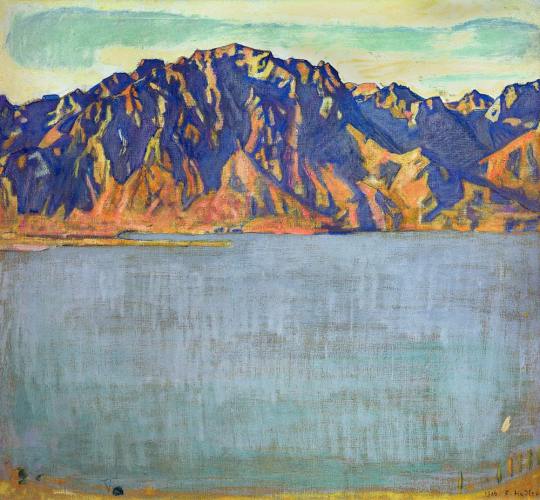






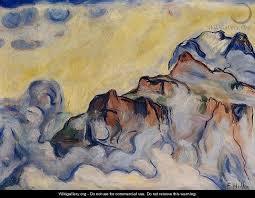
Ferdinand Hodler (1853 – 1918) was a Swiss painter who developed a style he called "parallelism" that emphasized the symmetry and rhythm he believed formed the basis of human society.
By the time Hodler was eight years old, he had lost his father and two younger brothers to tuberculosis.
The family's finances were poor, and the nine-year-old Hodler was put to work assisting his stepfather in painting signs and other commercial projects. After the death of his mother from tuberculosis in 1867, Hodler was sent to Thun to apprentice with a local painter, Ferdinand Sommer.From Sommer, Hodler learned the craft of painting conventional Alpine landscapes, typically copied from prints, which he sold in shops and to tourists.
In 1871, at the age of 18, Hodler travelled on foot to Geneva to start his career as a painter. He attended science lectures at the Collège de Genève, and in the museum there he copied paintings by Alexandre Calame. In 1873 he became a student of Barthélemy Menn, and investigated Dürer’s writings on proportions.
He made a trip to Basel in 1875, where he studied the paintings of Hans Holbein—especially Dead Christ in the Tomb, which influenced Hodler's many treatments of the theme of death. He travelled to Madrid in 1878, where he stayed for several months and studied the works of masters such as Titian, Poussin, and Velázquez in the Museo del Prado.
In the last decade of the nineteenth century his work evolved to combine influences from several genres including symbolism and art nouveau. In 1890 he completed Night, a work that marked Hodler's turn toward symbolist imagery. It depicts several recumbent figures, all of them relaxed in sleep except for an agitated man who is menaced by a figure shrouded in black, which Hodler intended as a symbol of death. When Hodler submitted the painting to the Beaux-Arts exhibition in Geneva in February 1891, the entwined nude figures created a scandal; the mayor deemed the work obscene, and it was withdrawn from the show.[6] A few months later, Hodler exhibited Night in Paris at the Salon, where it attracted favorable attention and was championed by Puvis de Chavannes and Rodin.
12 notes
·
View notes
Text
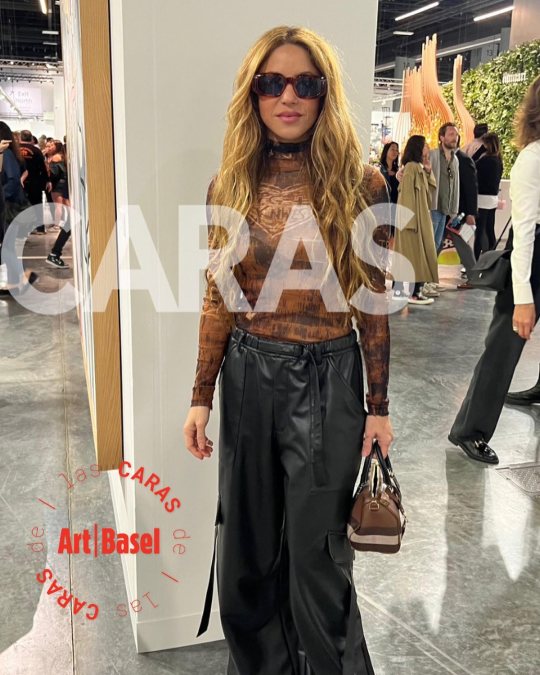
New photo | Shakira attends the Art Basel exhibition in Miami Beach, Florida. (Dec 6, 2023)
#shakira#shakira mebarak#celebs#celebrities#art basel#art basel miami#miami beach convention center#miami#florida#usa#new photo#photo#december 2023
12 notes
·
View notes